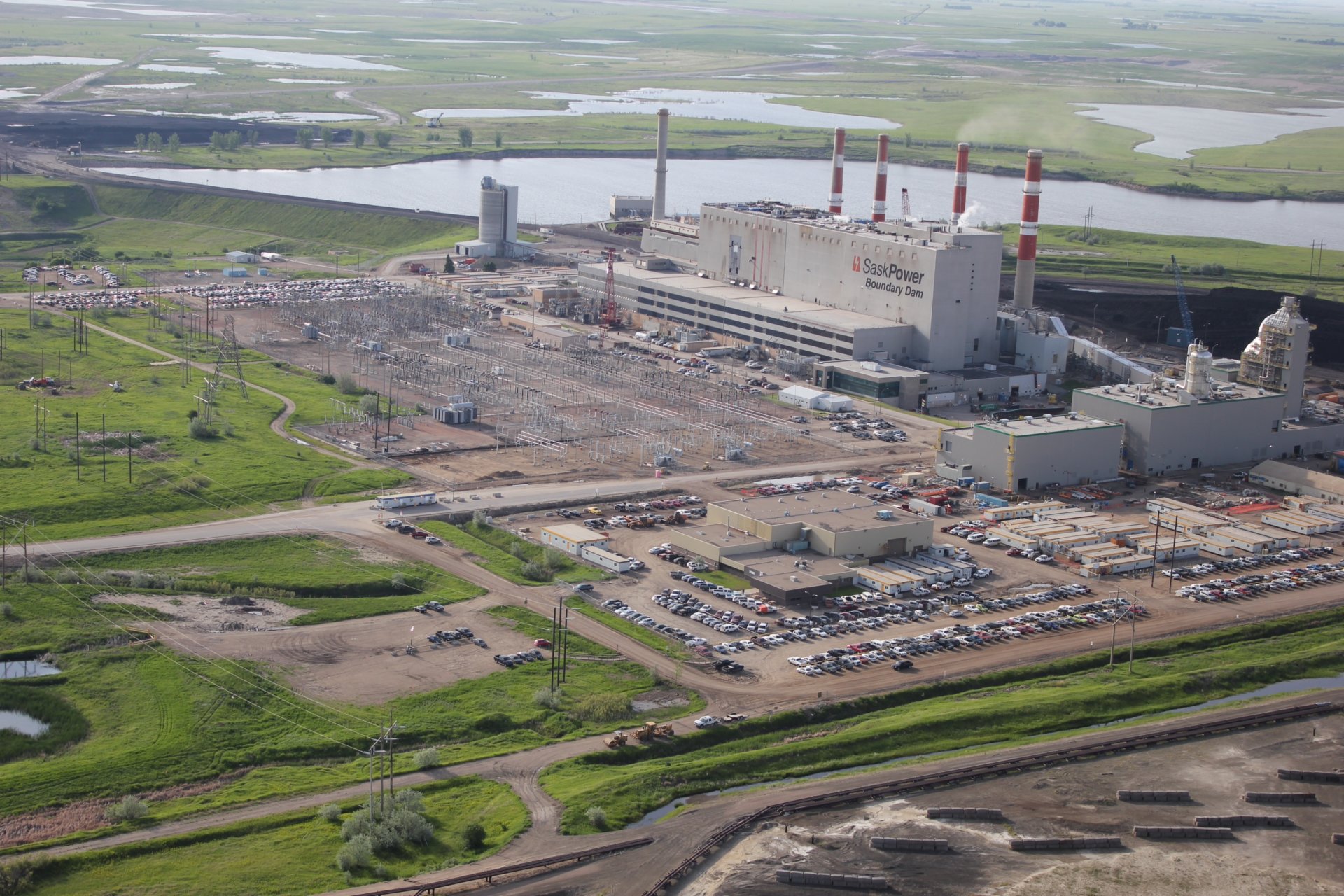The term ‘unabated’ was used in regulatory approaches to pollution control over recent decades. Additionally, it increasingly applies to the challenge of reducing CO2 emissions from power plants. In May and June 2021, the term featured prominently in the IEA’s Net Zero Energy report and the official communiques from meetings of G7 Ministers and Leaders. Despite this increased prominence, references to ‘unabated coal’ can sometimes be more confusing than illuminating. This explainer clarifies the term and how it applies to coal-fired power generation.
Defining Abatement and ‘Unabated’
‘Unabated’ is a description of something that has not been ‘abated’. So what is abatement? If we take a look at the Merriam-Webster dictionary, we find the following definitions:
The concept of pollution abatement has been common in environmental regulation for decades, with the OECD defining it as:
“Pollution abatement refers to technology applied or measure taken to reduce pollution and/or its impacts on the environment. The most commonly used technologies are scrubbers, noise mufflers, filters, incinerators, waste—water treatment facilities and composting of wastes.”
So ‘unabated’ refers to the underlying industrial process prior to (or in the absence of) the application of pollution control measures.
It is important to note that pollution abatement is goal-oriented (reducing harmful pollution to defined levels). It requires the application of an additional technology or process that is different to the process that is the source of the pollution. Furthermore, it recognises that no matter how efficient the underlying process may be, it will still result in unacceptable levels of environmental pollution, thereby requiring additional measures to be taken.
Reducing emissions from ‘unabated coal’ power generation
In the case of coal power generation, abatement is generally understood to mean the use of Carbon Capture and Storage (CCS), or Carbon Capture, Utilisation and Storage (CCUS) technology. So in converse, ‘unabated coal’ means coal power plant without CC(U)S technology equipment.
Indeed, abatement is consistently referred to in these terms, as can be seen in these examples:
- The IEA Net Zero report (p193): “Consumption of fossil fuels in facilities without CCUS are classified as “unabated””. The IEA has used this definition for years – for example, in its 2016 World Energy Outlook (p28), it already stated that “the long-term future of coal is increasingly tied to the commercial availability of carbon capture and storage, as only abated coal use is compatible with deep decarbonisation“
- The G7 press release alongside the 2021 Leaders’ meeting communique stated “Unabated coal power generation refers to the use of coal that isn’t mitigated with technologies to reduce the CO2 emissions, such as Carbon Capture Utilisation and Storage (CCUS)”
- In February 2020 the UK announced it would bring forward the date for the end of unabated coal power generation from 2025 to 2024, noting that “Unabated means that the plant has not invested in abating technology, such as carbon capture and storage.”
These definitions consistently recognise the purpose of abatement is to reduce CO2 emissions to defined levels; additional technology investments are necessary to achieve this; in the absence of such measures, coal power generation should cease. This regulatory approach puts the onus on power plant owners and operators to either fit CCS technology or retire the power plant.
Following the logic: No CCS? No coal!
The IEA’s Net Zero Energy report analysed milestones for emissions reduction and sectoral transformation to enable the world to achieve net-zero emissions by 2050. It applied the definition highlighted above and identified the need for:
- No new unabated coal plants approved for development in 2021
- Phase‐out of unabated coal in advanced economies by 2030
- Phase‐out of all unabated coal and oil power plants globally by 2040
The concept was also prominently featured in the outcomes of the recent G7 meetings convened in the UK. Both the meetings of Climate and Environment Ministers and then national Leaders signalled for the first time that G7 is committed to power sector decarbonisation and accelerating actions to move from coal to clean energy.
The final communique of the Leaders’ Summit stated that domestically, the group would “commit to achieving an overwhelmingly decarbonised power system in the 2030s and to actions to accelerate this”. Continuing “we have committed to rapidly scale-up technologies and policies that further accelerate the transition away from unabated coal capacity, consistent with our 2030 NDCs and net-zero commitments.”
Similarly, G7 leaders agreed that “international investments in unabated coal must stop now and we commit now to an end to new direct government support for unabated international thermal coal power generation by the end of 2021”.
Canada and the UK were early movers in applying the concept of CO2 abatement in their regulatory frameworks. They firstly put an end to the construction of new unabated coal plants by requiring CCS to be integrated. Subsequently, they extended this framework to apply to existing coal power plants as a means of setting a phase-out date.
This approach has seen the development of Emissions Performance Standards as a regulatory tool, which has also been applied by the OECD (in respect to export credits for power generation) and by the European Investment Bank (as a means of limiting financing of both unabated coal and gas power generation).
E3G will shortly publish a paper that explores these regulatory experiences in more detail.


